There is no doubt that the iPhone revolutionized the perception of the modern smartphone. When Apple introduced the iPhone X in 2017, it brought Face ID with it, i.e. biometric authentication of the user's identity, which is quite unique in its application to this day. No other manufacturer has this technology so sophisticated. But recently there is a clear push to remove the iPhone cutout. And that's a problem.
Although Apple was able to reduce its cutout by 13% in the iPhone 20 generation, it practically achieved this by moving the speaker of the handset to the upper frame and rearranging the elements of the cutout, i.e. the front camera and other necessary sensors. If you then look at competing phones, they are most often content with cutouts in which the camera itself is contained.
It could be interest you
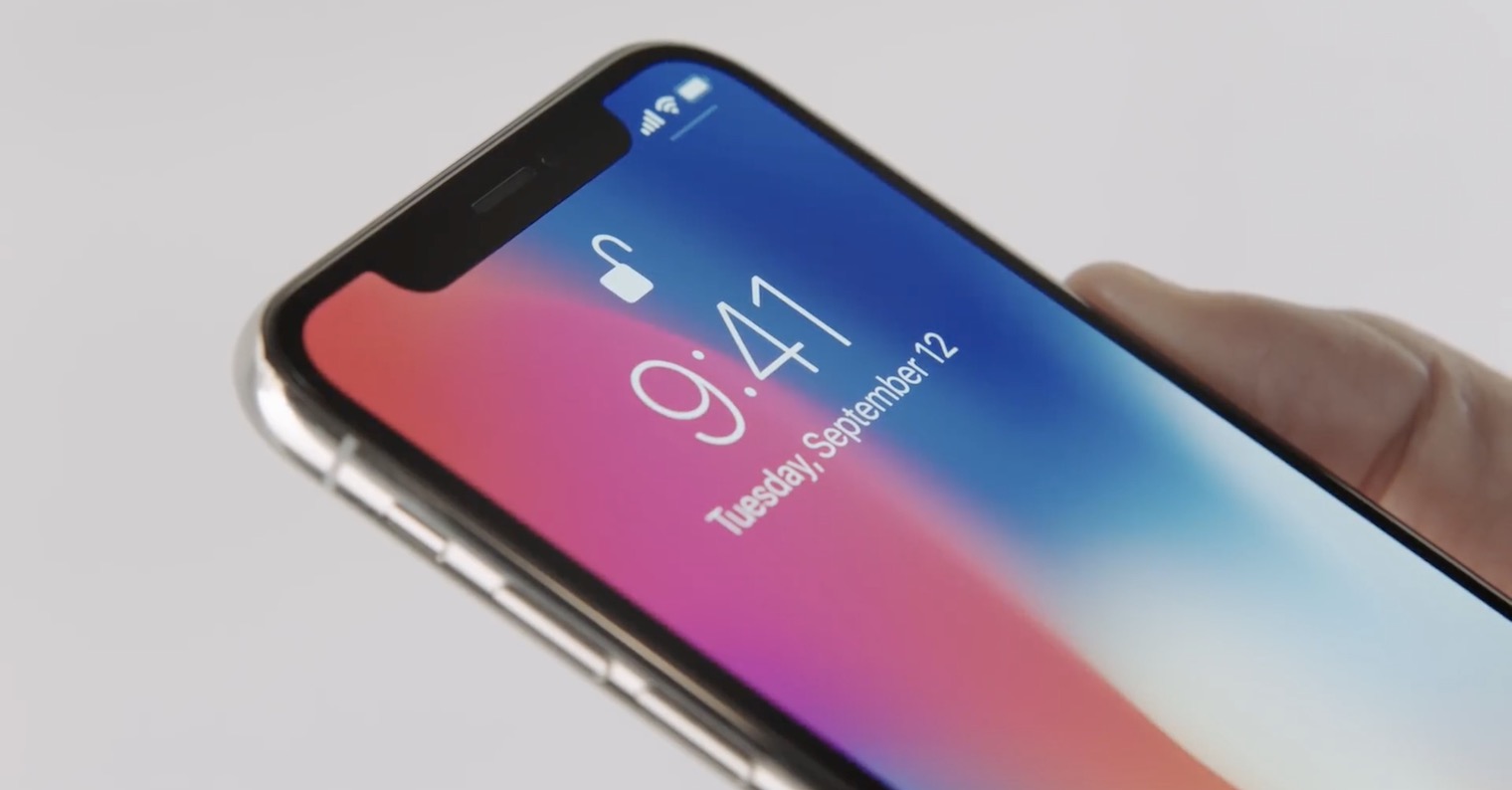
Even then, even such devices offer identity verification using a face scan, but it is by no means as perfect as in the case of iPhones with Face ID. This is also why they usually still have a fingerprint reader, either separate or the ultrasonic one present in the device's display. We hear more and more rumors about how Apple should get rid of its notch, because it is not only unsightly, but of course impractical with regard to the occupied display area.
Sensors are the problem
But how could Apple remove it? It may reach for a punch hole for the camera, but what about the rest of the sensors taking care of 3D face scanning, display brightness, etc.? Their miniaturization is quite complex. If Apple wanted to keep them, it would probably have no choice but to move them to the top frame. With this step, of course, there would be no cut-out in the display, but there would be a noticeable line along its entire upper side containing all this technology.
It's a path, but only Apple knows if it's the ideal one. What is certain, however, is that if he takes this step, he will actually be copying his competition. And to copy in the sense that it has been offering the same types of piercings for several years. But does he have a choice? Is there another option?
Selfie camera under the display
Recently, we have been seeing that various manufacturers are experimenting with placing the camera under the display. It is functional, but not very high quality. Such a camera has a poor aperture, because little light falls on it, and thus its quality itself is considerably poorer. At the same time, the display cannot have such a pixel density in such a place, so it is noticeable on it where the camera itself is located.
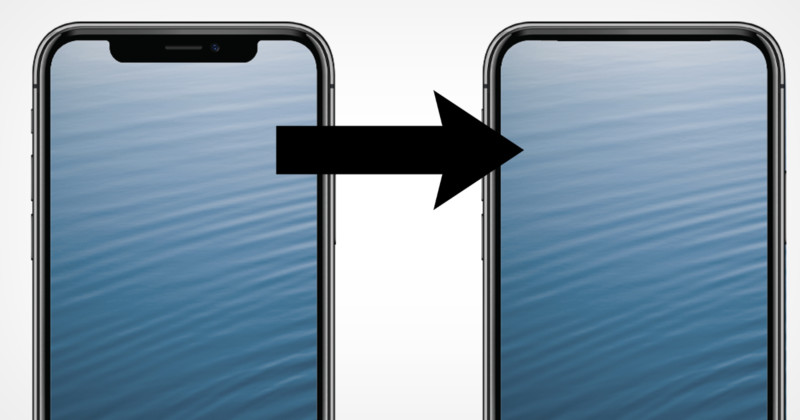
It is difficult to get around this, because the technology has not yet reached such a stage that it can solve this completely correctly. If Apple took this step, it would still only deal with the camera, not the individual sensors. They simply wouldn't light up the display. They would still have to be either in a reduced cutout or around the top frame.
Other possible (and unrealistic) solutions
Yes, we still have various sliding and rotating mechanisms, but this is definitely not the way Apple wants to go. This also takes into account the durability and water resistance of the device itself. The less that moves on the device, the better. Although we have read here three options that Apple could resort to, we have already seen all three in different forms somewhere. So whatever Apple comes up with, it will practically just be copying what already exists. So its innovativeness in this regard falters somewhat. At the same time, his hands are tied with himself, i.e. his Face ID.
It could be interest you
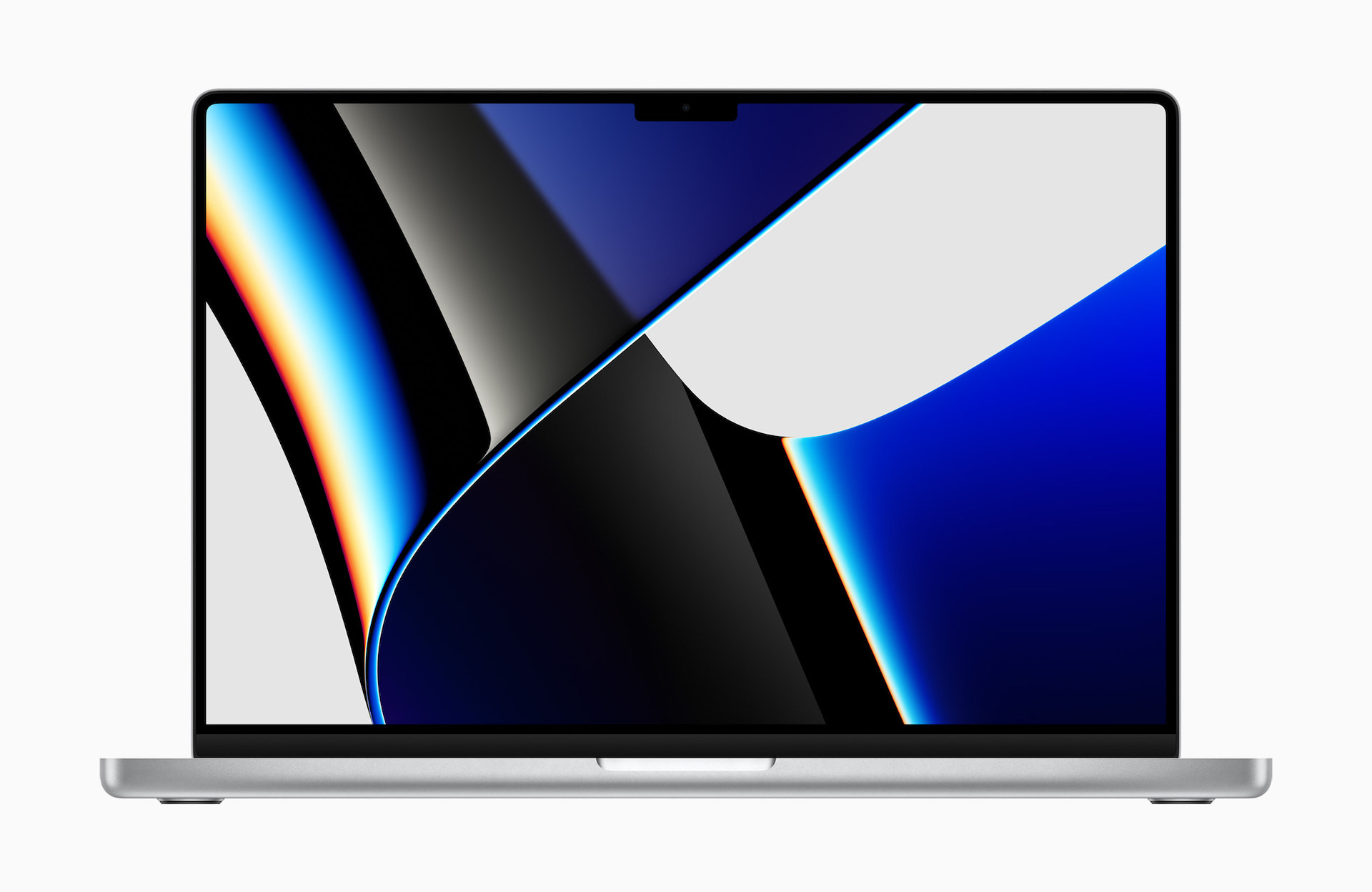
Even though someone might think that the easiest solution would be to remove the front camera from the device and introduce the next generation of Touch ID, it simply isn't possible. Even if users were content not to take cute selfies, we live in a time where video calls are gaining more and more weight. And even in view of the extension of FaceTim's functions with SharePlay, it is out of the question that the iPhone would not have a front camera.
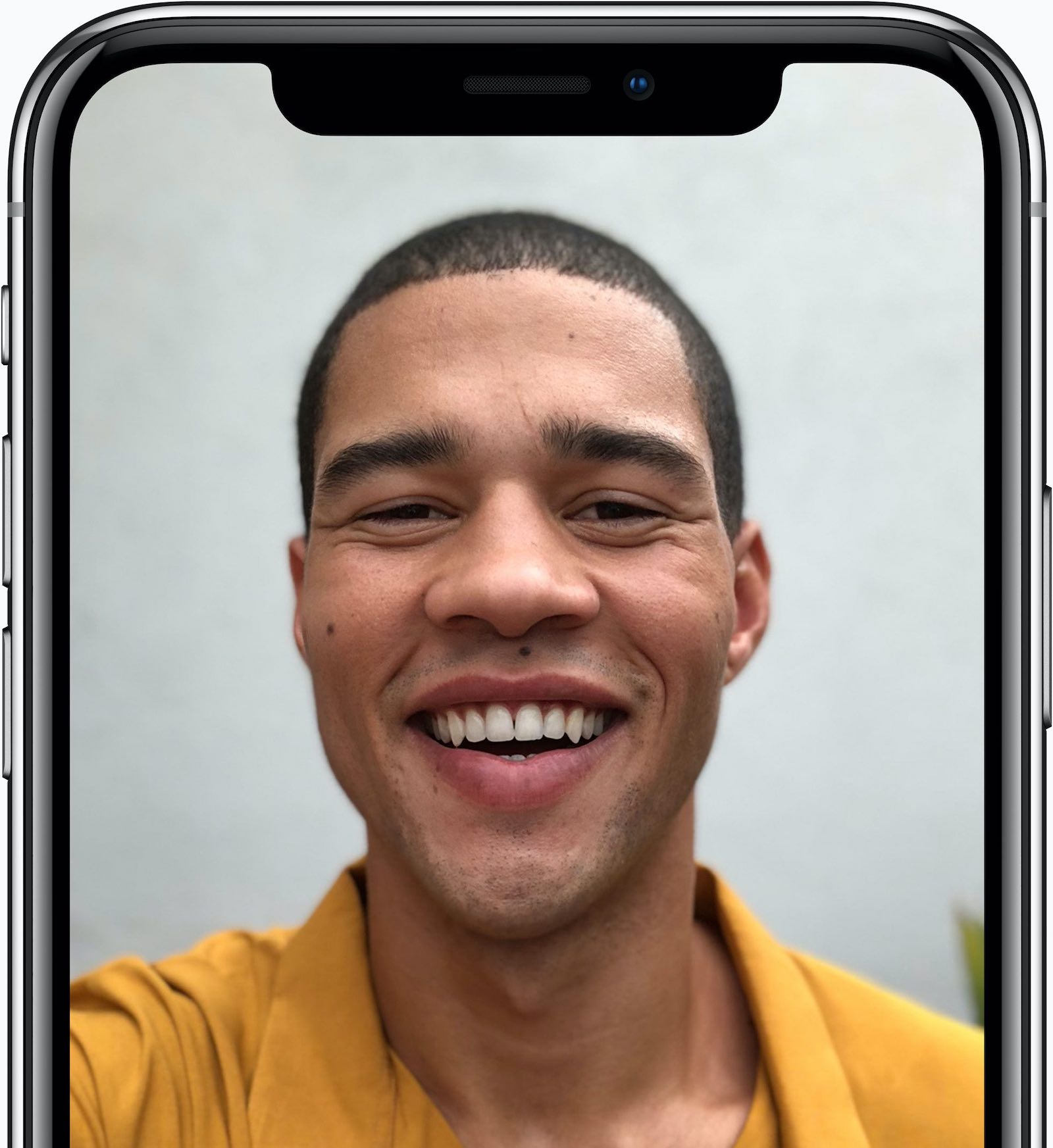



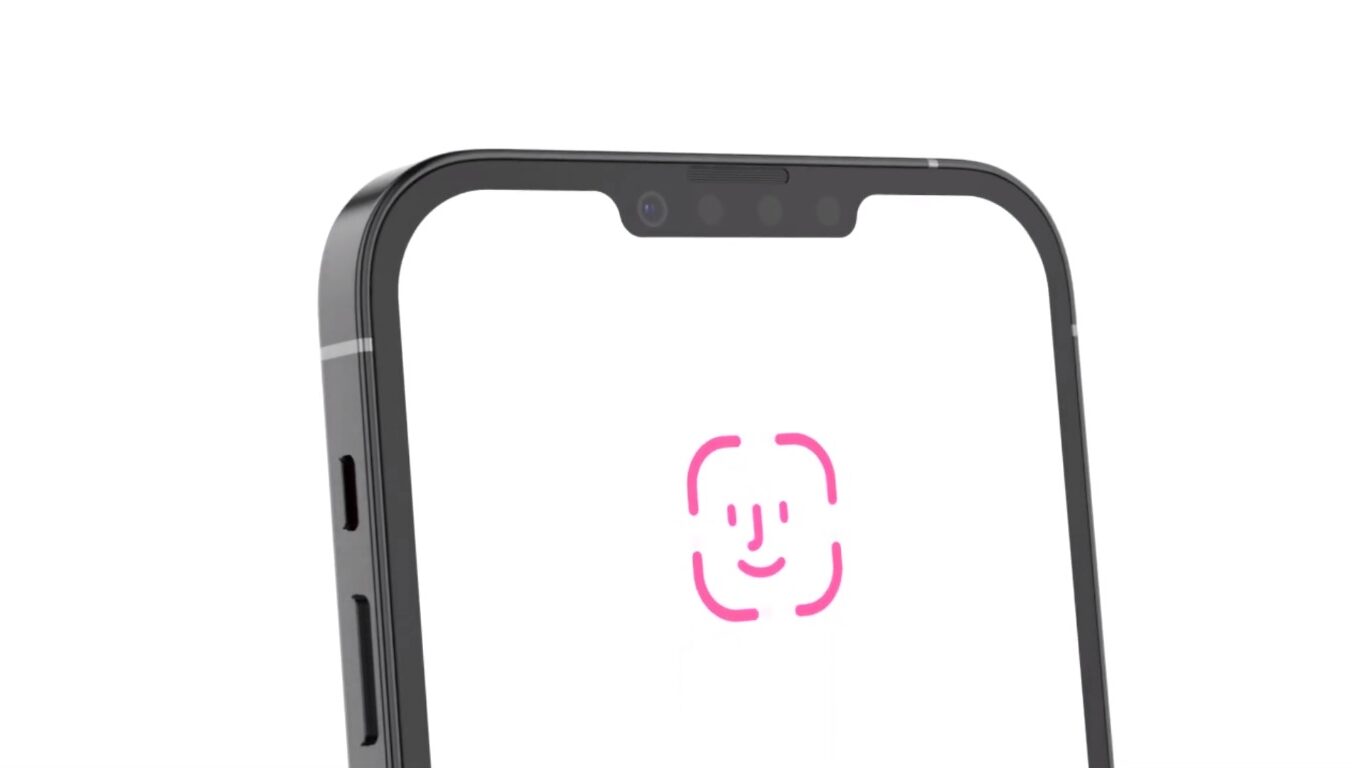

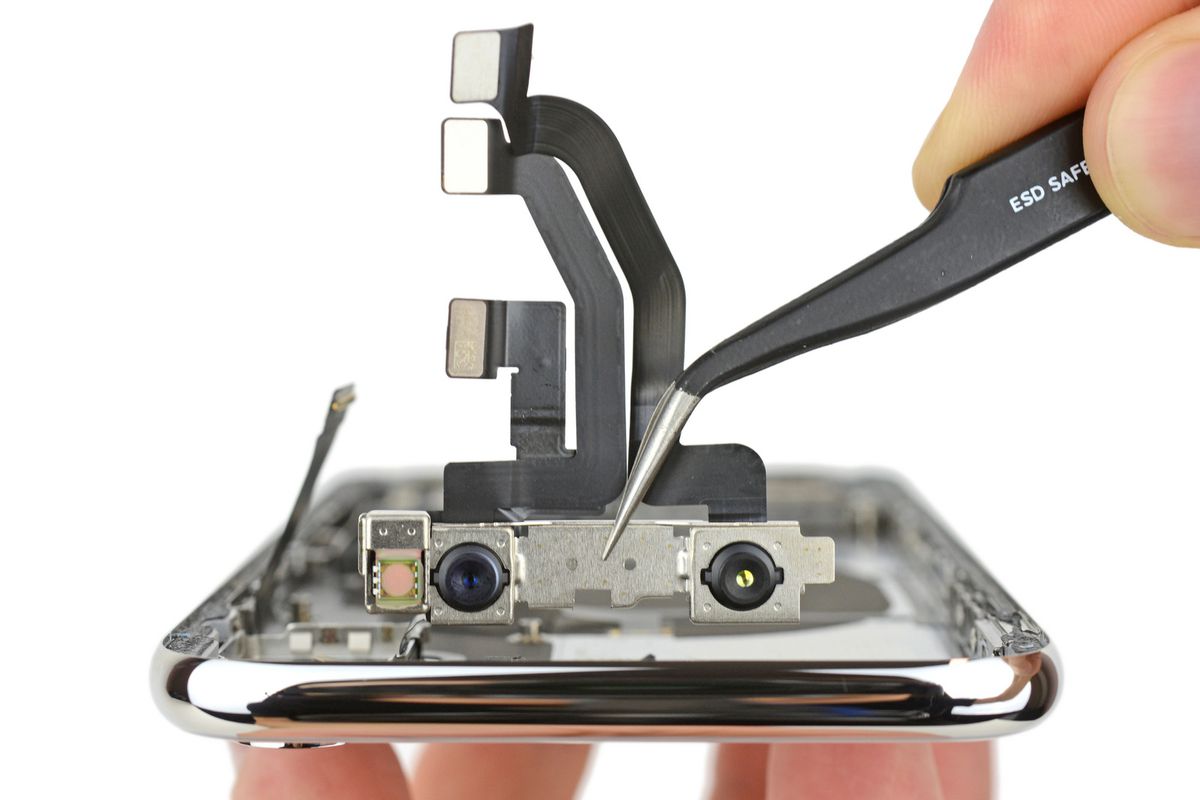
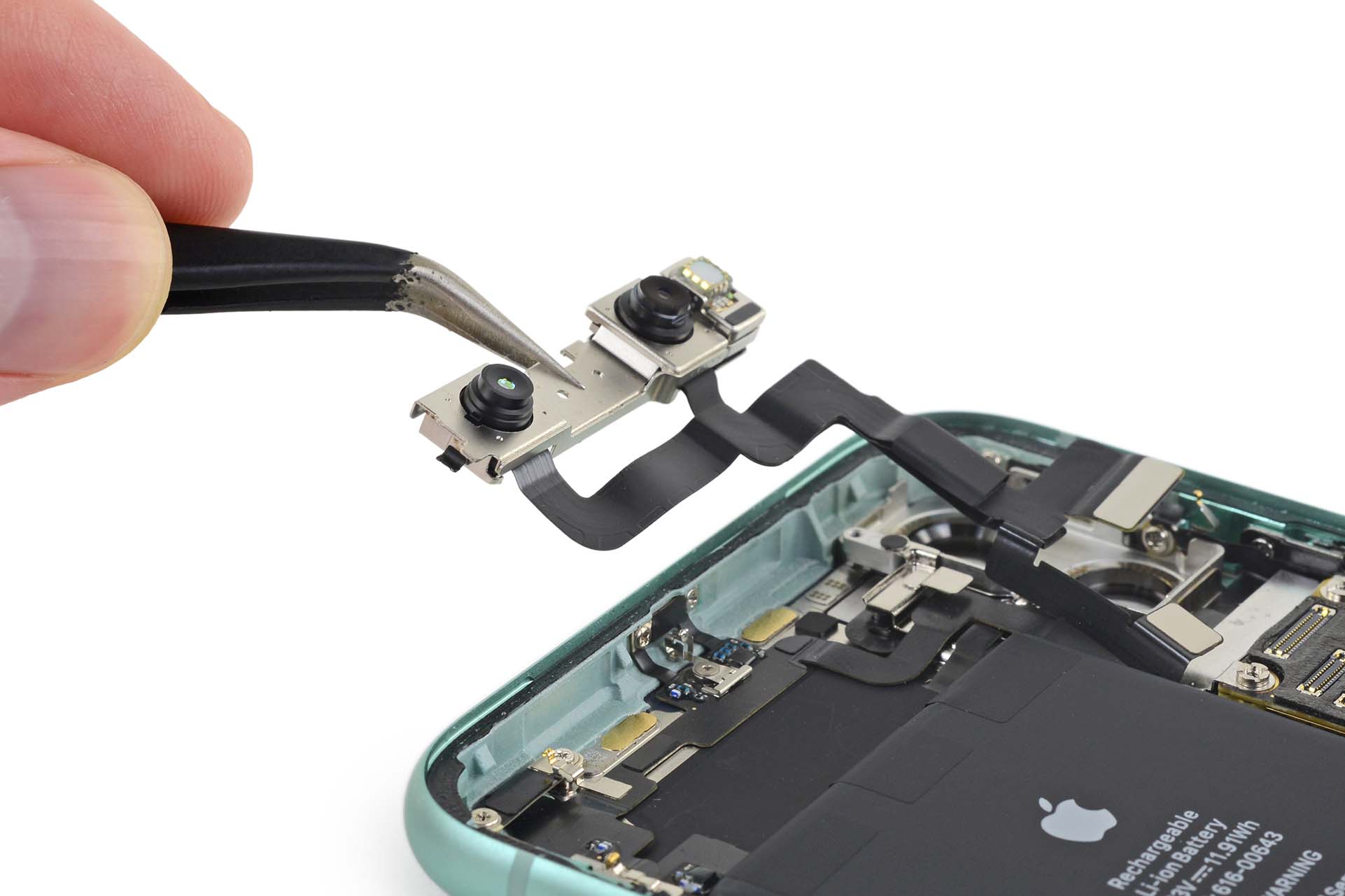
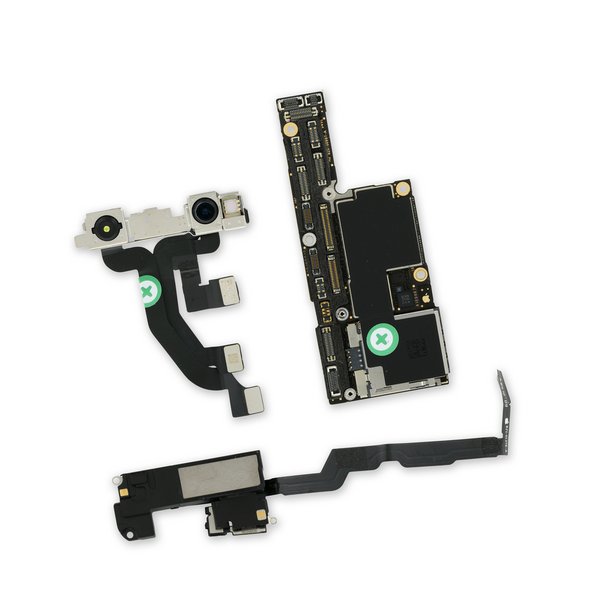
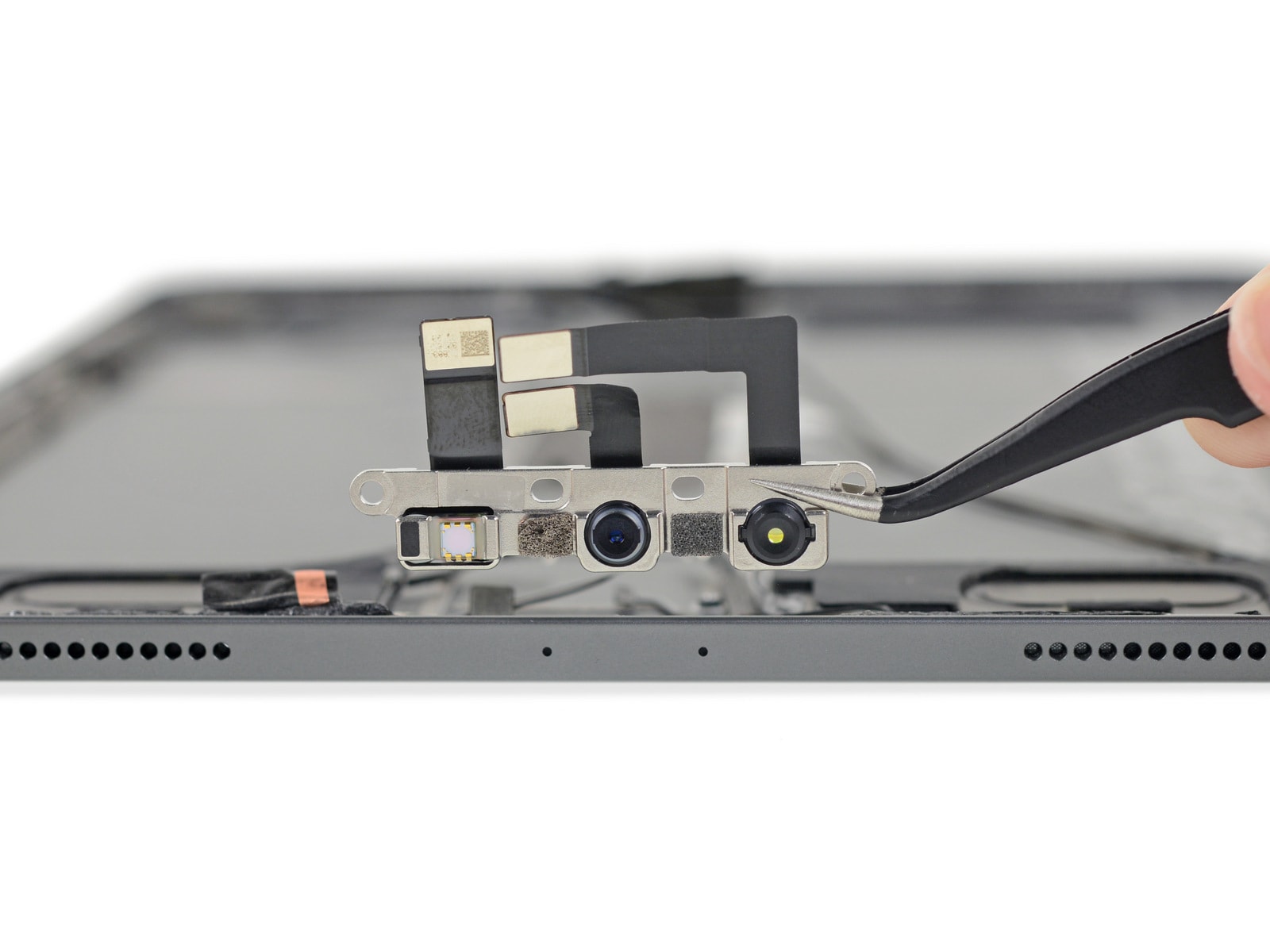
Laxity in innovation is one way of looking at it. It amazes me that so far no one in any article on this topic has thought about the fact that the cut-out itself, together with the rounded corners of the display, creates a completely unique look on the front, which is a clear distinguishing element of the new generation of iPhones (similar to the once iconic circular button under the display ). In any video, Apple advertisement, photo or even in a very simplified pictogram, the iPhone is clearly distinguishable from any competition – this free advertising and identifiability may be more important for Apple than a few extra pixels (until there is technology to get rid of it completely).
*advertising on the app
I agree.
Be that as it may - I think this is also one of the reasons why the cutout made its way to MacBooks
If there's one thing I respect about Apple, it's that innovation usually doesn't come at the expense of functionality (of course, there are exceptions here too... see 3,5mm jack).
The fact that there is a cutout in the display certainly bothers me less than if faceID or the camera worked 2x worse.